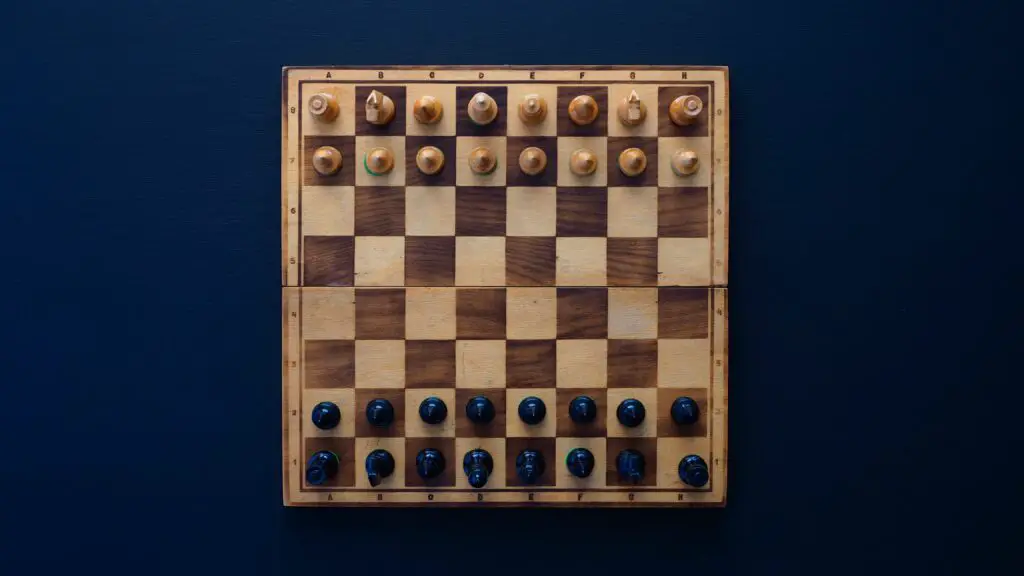Chess, often hailed as the “game of kings,” is a captivating blend of strategy and tactics. In this exploration, we’ll dive deep into the heart of the chessboard, unraveling the mysteries of checks, captures, and attacks. Whether you’re a chess novice eager to grasp the basics or an enthusiast aiming to refine your skills, fasten your seatbelts as we navigate through the fascinating world of chess tactics.

The Fundamentals of Checks in Chess
Contents
- 1 The Fundamentals of Checks in Chess
- 2 How checks captures attacks?
- 3 Attacks: Initiating Offensives for Victory
- 4 Checkmate Scenarios: A Comprehensive Analysis
- 5 Defending Against Checks, Captures, and Attacks
- 6 Tactical Training for Checks, Captures, and Attacks
- 7 Advanced Strategies and Grandmaster Insights
- 8 Conclusion
Types of Checks
Direct Checks: Imagine a scenario where your opponent’s king is in the line of fire from your rook. You move your rook to attack the enemy king directly—a direct check. It’s like a surprise attack that keeps your opponent on the defensive.
Double Checks: Now, picture a situation where both your queen and bishop threaten the opponent’s king at the same time. This is a double check, a powerful move that forces the opponent’s king to move since it can’t block both threats simultaneously.
Discovered Checks: Here, the cunning maneuver involves moving one piece to reveal an attack by another. For instance, a pawn moves forward, uncovering a bishop’s line of attack. The opponent’s king is in check, and chaos ensues.
Understanding these checks is crucial. Consider the classic game between Bobby Fischer and Boris Spassky in the 1972 World Chess Championship. Fischer’s strategic use of checks left an indelible mark on chess history.
How checks captures attacks?
Piece Captures
Pawn Captures: Pawns move forward but capture diagonally. Envision a pawn capturing an opponent’s piece on the diagonal, clearing the way for a strategic advance.
Knight Captures: Knights move in an L-shape, providing a unique style of capturing. This can lead to surprising maneuvers, catching opponents off guard.
Bishop Captures, Rook Captures, Queen Captures: Each piece has its own style of capturing. Bishops glide diagonally, rooks move horizontally and vertically, while queens combine both movements.
King Captures: The king, though crucial, has a limited but critical capturing capability. It’s the protector of the realm, but it can also join the offensive when needed.
Let’s look at the famous game between Garry Kasparov and Anatoly Karpov in 1985. Kasparov’s masterful piece captures showcased the importance of eliminating threats strategically.

Attacks: Initiating Offensives for Victory
Types of Attacks
Pinning Attacks: Picture a scenario where your bishop pins an opponent’s knight to their king. The knight can’t move, leaving the king vulnerable—a classic example of a pinning attack.
Forking Attacks: Now, envision your knight attacking both the opponent’s queen and rook simultaneously. The opponent is forced to sacrifice one piece, leading to a strategic advantage.
Skewering Attacks: In this scenario, your rook attacks two pieces in a line, forcing your opponent to move one, leaving the other exposed. It’s like threading the needle for a tactical victory.
Discovered Attacks and Double Attacks: These involve unveiling hidden threats or combining two threats in a single move, creating a web of complications for your opponent.
Think about the game between Magnus Carlsen and Viswanathan Anand in 2014. Carlsen’s precise attacks showcased the psychological impact of offensive maneuvers, setting the stage for a victorious endgame.

Checkmate Scenarios: A Comprehensive Analysis
Achieving Checkmate
Checkmate, the sweet fruit of strategic play, involves a combination of checks, captures, and attacks. Basic patterns like the back rank mate or the swift scholar’s mate are essential for beginners, while advanced strategies may include sacrificing the queen for a decisive checkmate.
In the historic match between José Capablanca and Frank Marshall in 1918, Capablanca’s elegant checkmate demonstrated the beauty of combining checks, captures, and attacks in the endgame.

Defending Against Checks, Captures, and Attacks
Principles of Defense
A solid pawn structure, ensuring the king’s safety, and counter-attacks form the bedrock of chess defense. Analyzing games like the one between Emanuel Lasker and José Capablanca in 1921 reveals the intricacies of protecting one’s kingdom.
Learning from defensive mistakes is paramount. Real-life games are replete with examples where a lapse in defense led to an irreversible downfall.
Tactical Training for Checks, Captures, and Attacks
Chess Exercises for Mastery
To master checks, captures, and attacks, tactical training is indispensable. Engage in chess exercises that hone your skills. Online platforms and resources offer interactive lessons to sharpen your tactical awareness. Incorporate these exercises into your regular practice routine for consistent improvement.
Advanced Strategies and Grandmaster Insights
Advanced Checkmate Patterns
Beyond the basics lie advanced checkmate patterns. Grandmasters, the wizards of the chess world, provide insights into leveraging checks, captures, and attacks. Analyze games where advanced strategies played pivotal roles, unraveling the mysteries of high-level chess.

Conclusion
As we conclude our expedition through the labyrinth of checks, captures, and attacks in chess, remember that mastering these tactics isn’t just for grandmasters. It’s a journey for enthusiasts of all levels, a journey where each move brings you closer to unraveling the secrets of this ancient game.
So, whether you’re eyeing the world championship or simply looking to outsmart your neighbor, let the dance of checks, captures, and attacks on the chessboard be your guide. With each move, you’re not just playing a game; you’re unraveling the strategic tapestry that makes chess a timeless, enthralling pursuit. Embrace the tactics, savor the victories, and let the chessboard be your canvas for strategic brilliance.





